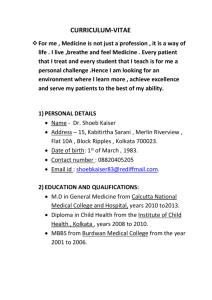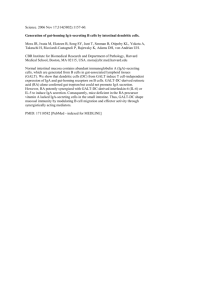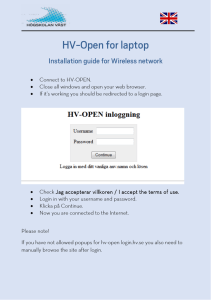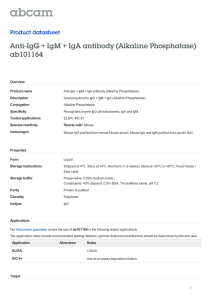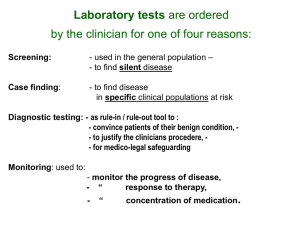Exploring Patient Data in Context to Support Clinical Research Studies
advertisement
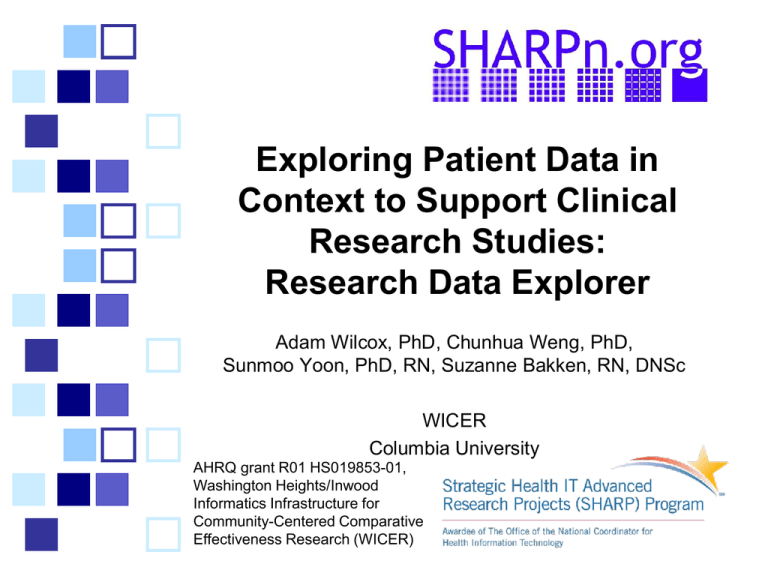
Exploring Patient Data in Context to Support Clinical Research Studies: Research Data Explorer Adam Wilcox, PhD, Chunhua Weng, PhD, Sunmoo Yoon, PhD, RN, Suzanne Bakken, RN, DNSc WICER Columbia University AHRQ grant R01 HS019853-01, Washington Heights/Inwood Informatics Infrastructure for Community-Centered Comparative Effectiveness Research (WICER) “All infusions and drips from the I/O flowsheet, as well as blood products [and ventilation data]” “Patients will be included if they have undergone surgical resection for exocrine pancreatic tumors” “We would like to see a sample month of … to verify and understand how these values are being extracted in the data we are seeing” “PACU admission date and time (defined by the date and time stamp of the first blood pressure recorded on the day of surgery in the PACU; else same in the SICU for those with no vital signs in PACU)” “Reoperation date and time (reoperation defined as any operative procedure during the index admission, excluding the index operation” “Text following “Has Patient used Tobacco in past year?” in [note]” “Other information requested includes: age, gender, ethnicity, clinic location/setting of visit, type of insurance, hemoglobin, hematocrit, mean corpuscular volume, red cell distribution width, serum ferritin, serum iron, serum transferrin, reticulocyte count, serum B12, serum folate, IgA anti-tissue transglutaminase antibodies, IgA endomysial antibodies, IgA anti-gliadin peptide antibodies, reports from endoscopy including esophagogastroduodenoscopy and colonoscopy, endoscopic tissue biopsy pathology reports, all past medical diagnoses and ICD-9 codes.” “Why can’t you just give me all the data?” Washington Heights/Inwood 5 zip codes: 10031, 10032, 10033, 10034, 10040 Represents significant issues in health care disparities Making Data PatientCentered Across care institutions – Hospital, ambulatory care, home care, longterm care – Longitudinal Outside the care setting – Demographics and social information – Vital statistics – Patient assessments Survey Populations Existing Studies 8,000 surveys Ambulatory Clinics Community Outreach Center Household Surveys Research Data Warehouse RedX Usability Study Users were instructed to complete their scenarios (discovery) first, then explore freely Task Coding 1. Login 2. Select patient by diagnosis 3. Select patient by service 4. Choose patient from list 5. View results 6. View data type distribution RedX Usability Study Users completed scenarios first, then explored freely Steps – Login – Create list of patients (search) – Select patient from list – View results – View data type distribution Results: Time Spent 1. 2. 3. 4. 5. 6. 7. Login Select pt by ICD9/Medcode Identify Diagnosis medcode Select by service Select pt from list View results View data type distribution Results of Usability Study Need example explaining goals and purpose Patient selection can be difficult Comfortable with clinical view, but didn’t know next steps Data navigation depended on user experience Lessons Learned User context important for usability – Still need basic cohort selection tool (e.g. i2b2) Patient context important for understanding data Next Steps Finalize governance Tutorial Adjust performance according to use – Speed – Modeling Requested Data Types Lab Diagnosis Demo Procedures Visits Structured notes Mortality Orders Note parsing Barriers, Bottlenecks and Burdens User navigation of data seems to be one challenge Data modeling is also a challenge What are others? What is the significance of each? – Barriers? – Bottlenecks? – Burdens?

